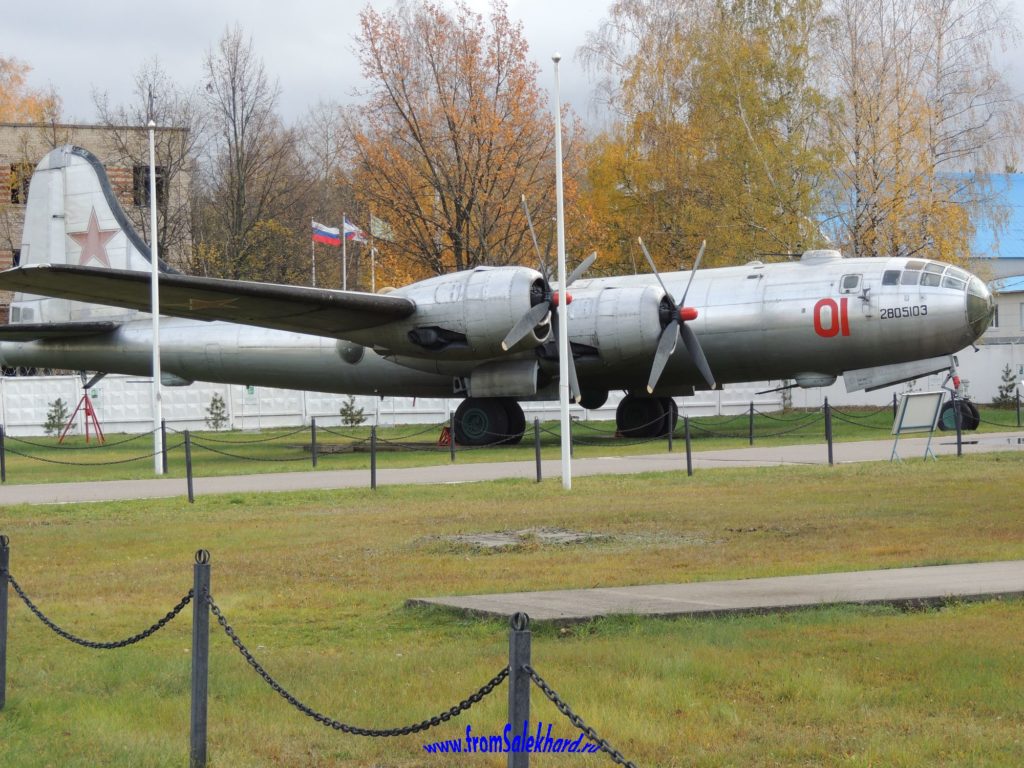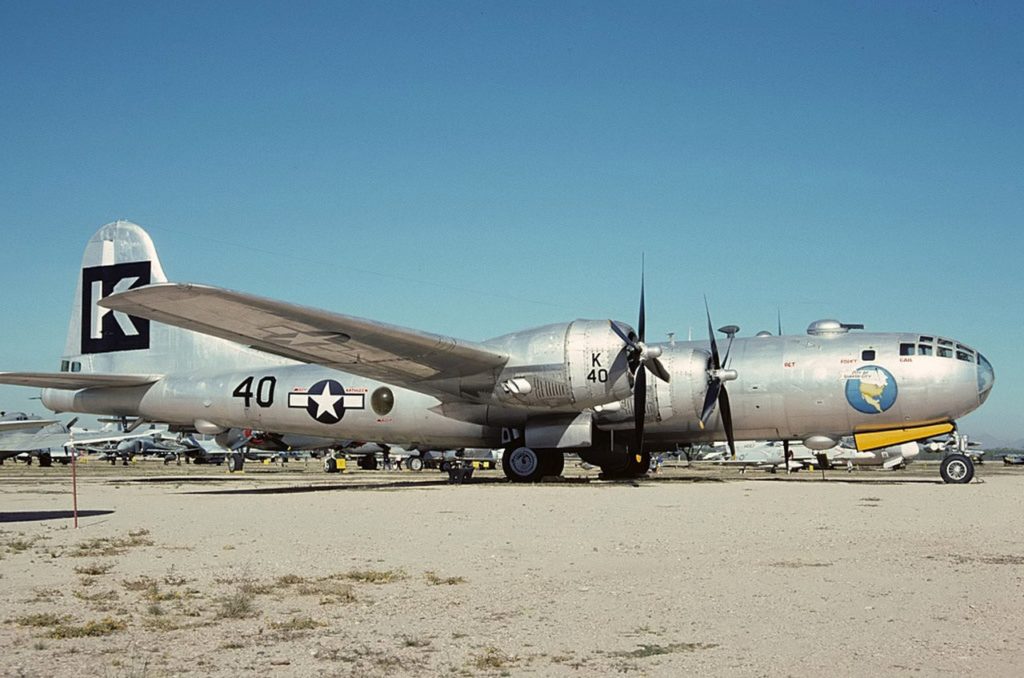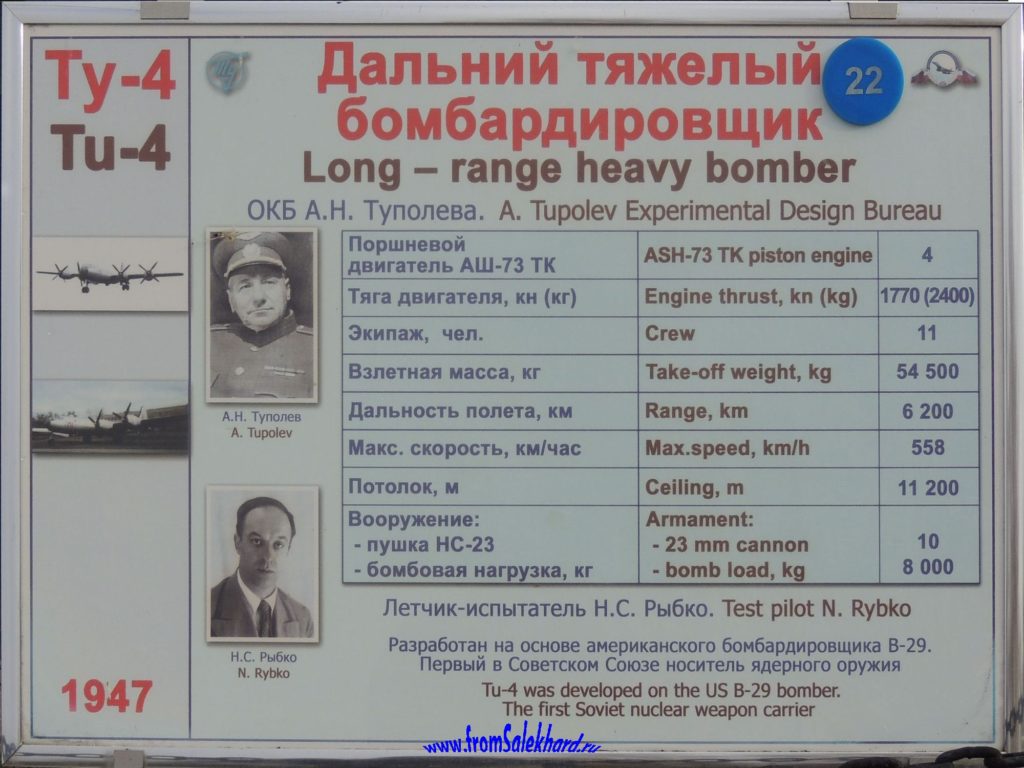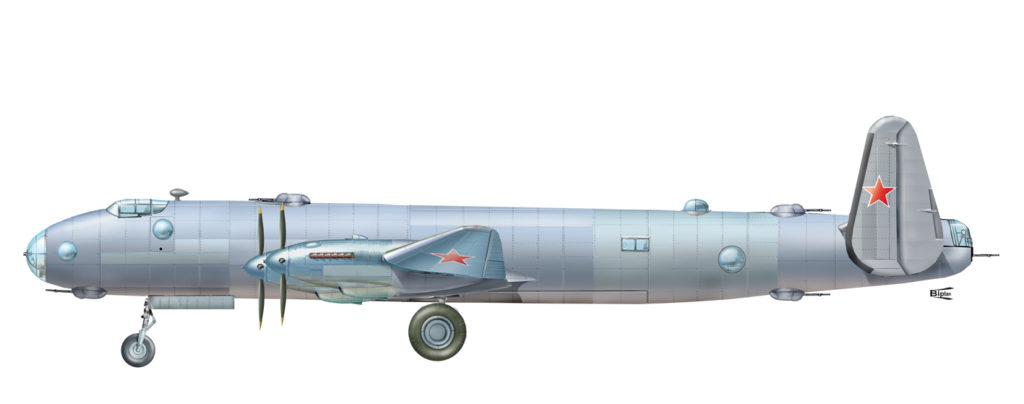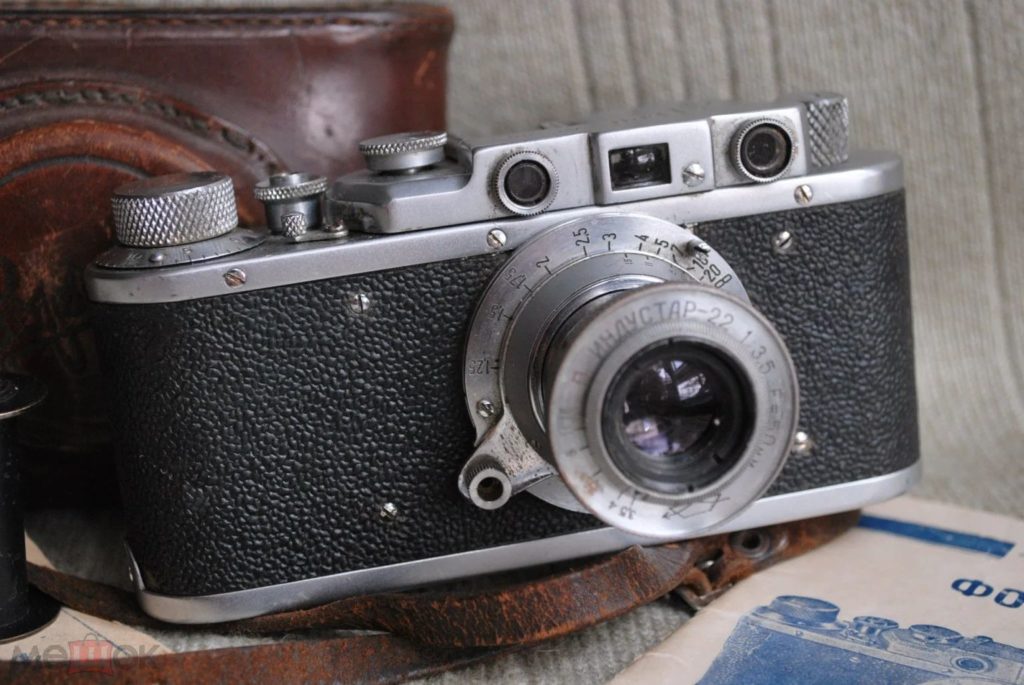Central Museum of the Russian Air Force. Soviet American.
By fromSalekhard in My museums
Usually, my English text is shorter than the Russian text. I simply remove all sorts of local details and linguistic delights, leaving only the essence. In this particular material the opposite is true. In addition, I considered it necessary and possible to separate the history of one aircraft into a separate publication.
Main publication: Central Museum of the Russian Air Force. Introduction.
Right next to the entrance, there is this handsome four-engine aircraft with an unusual appearance for Soviet aviation.
If anyone is surprised that the exhibition at the Central Museum of the Russian Air Force begins with the American B-29 Superfortres,
(image source: Уильям Боинг (История и фото) – legendyru.ru)
even though in Soviet livery, he will be wrong. This is not an American, but a Soviet plane, but… which is an exact copy of the American one.
It was with this aircraft that the post-war domestic… no, not aviation, but the aviation industry began. In the two post-war years, repeating such a high-tech and complex product as the best American aircraft is worth a lot. On June 23, 1945, the first of the three original models landed in Moscow, and on August 3, 1947, the first three soviets vehicles took part in an air parade in honor of Aviation Day.
In Russia, everyone who is even slightly interested in aviation knows at least a little about the history of the creation of this aircraft. It is quite possible that some outside Russia have not heard about this.
After the US used the atomic bomb, the USSR realized the urgent need for long-range bombers. The management decided not to take risks by developing their own aircraft, but to repeat an aircraft that had already proven its characteristics. The famous aircraft designer Tupolev was urgently summoned to Stalin, who in the form of an ultimatum demanded to copy the American B-29. The development of the aircraft was supervised by the all-powerful head of the KGB, Lavrentiy Beria.
Such a significant event could not help but acquire a layer of legends. Before moving on to them, I want to draw your attention to the fact that Tupolev came to the famous conversation with Stalin with his finished project for the “64 aircraft”.
The most famous story is that they copied so accurately and strictly, fearing to violate the Leader’s order, that at the same time they copied the camera of one of the crew members. Like this is where the production of cameras began in the USSR. Sometimes the brand of the camera “Leica II” is mentioned, but I have not previously come across a mention that this is not an American, but a German camera.
Yes, this product played a significant role for us, but it happened in January 1934, when the FED camera, named after Felix Edmundovich Dzerzhinsky, the head of the Cheka, was put into production.
But the fact that they began to hang it on every plane – I can believe that.
From new tales for myself, I learned that:
“…even the ashtrays in the cockpit were copied, although smoking was strictly prohibited on Soviet bombers.”
“… found a small hole on the left wing, neither aerodynamicists nor strength specialists – no one has any idea why the hell there is such a hole. … So on all Tu-4 strategic bombers, a tiny hole appeared on the left wing, drilled with the thinnest drill.”
“…the passage between the pressurized cabins inside the plane was painted green, and not completely. Perhaps the American worker ran out of paint, but all the passages in the Tupolev copies were repainted in exactly the same way.”
At the same time, you need to understand that engines, a weapon system (cannons instead of machine guns), radio stations and a “friend or foe” recognition system and much more, for example:
“…American parachutes. They are located on the back and, when placed in a backpack, serve as a soft backrest for the crew members. And our stowed parachute is a wearable pillow on which the pilot sits. That’s why the seat under our parachute is a square bowl.”
were different from the original sample.
Already with age and work experience, the understanding came that Tupolev was not only and not so much a brilliant designer, but a talented organizer and virtuoso schemer. Most likely, every little thing on the verge of idiocy was deliberately blown out of proportion, and in the shadow of these bubbles, truly important things were done. It was in the part of this aircraft that he had no design duties, only organizational responsibilities. And it was not he who added the designation “Tu” to the name of the aircraft.
Most of the difficulties were caused by different measurement systems. If for Americans a size of 1/16” is a reasonable and familiar size, then for Europeans it looks like a gear-crushing size of 1.5875 mm. In this case, we were talking about the thickness of the sheathing sheets. If you round to 1.6 mm, the plane will become much heavier, and if to 1.5 mm, there will be a loss of strength. Approximately the same difficulties were encountered at the start of production of the T-26 tank (nee Vickers) and the GAZ-A car (originally Ford A).
The most recent joke on this topic goes like this:
“Gradually the problems became less and less. Everyone is accustomed to the standard response from the Chief, to do as the Americans did on the first plane. Nobody asked any more questions. In this regard, a small anecdote was born: the question was, what kind of stars will we paint on the planes – white American ones or red Soviet ones? It was this question that first puzzled Tupolev. If you draw white American stars, they will put you up against the wall [and shoot] as a public enemy. And if the red ones are Soviet, then, firstly, they are not one to one, as ordered, and secondly, perhaps the Supreme Commander-in-Chief is thinking of using them against America, England or China with American identification marks. The question about the stars was the only question during the entire copying period that Tupolev asked Beria. Beria, however, was also perplexed
They say that Beria told Stalin about the stars, also in the form of a joke, and from the way Stalin laughed at the joke, Beria unmistakably understood what the stars should be like. The last problem was solved and mass production began.”
PS This museum cooperates well and a lot with volunteers, who provide assistance both in simply cleaning the territory and in restoring exhibits. There is a lot available to volunteers that is not available to ordinary visitors. Here you can see photographs of the interior of this particular aircraft, and in the comments there is a mention that such aircraft remained in service in the mid-1970s.
Tags: Moscow

